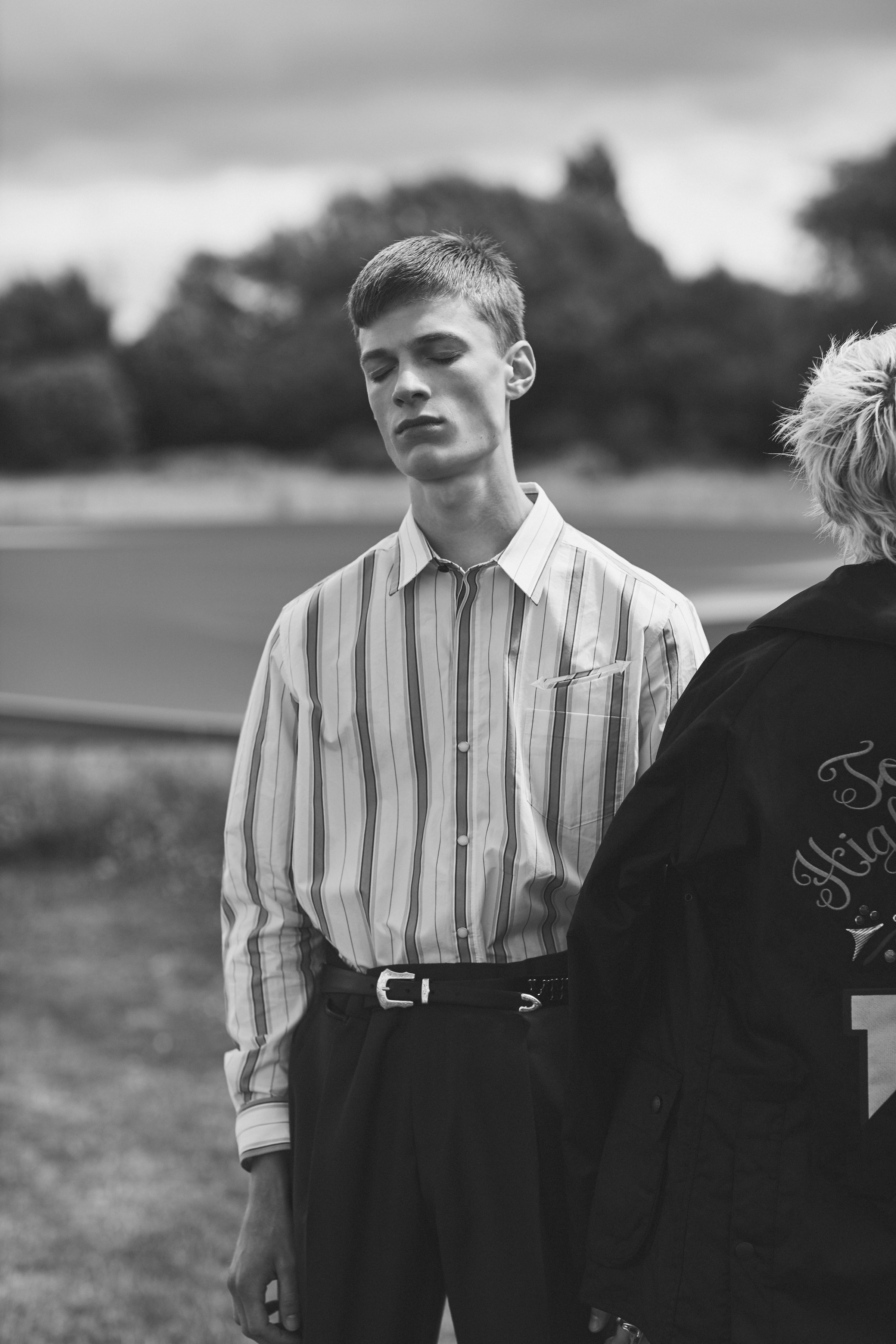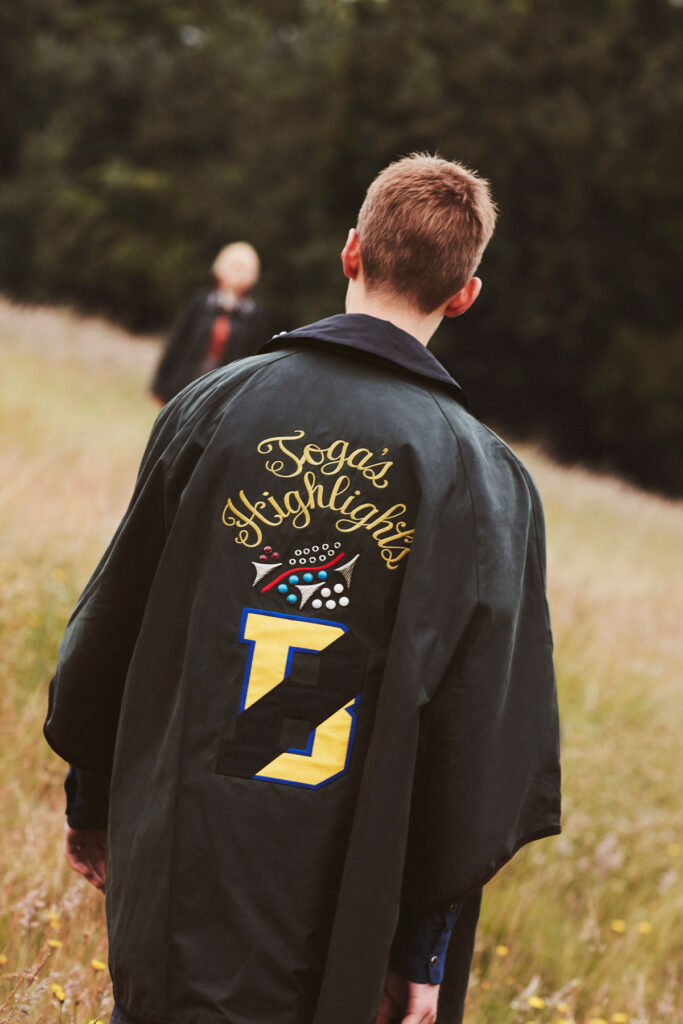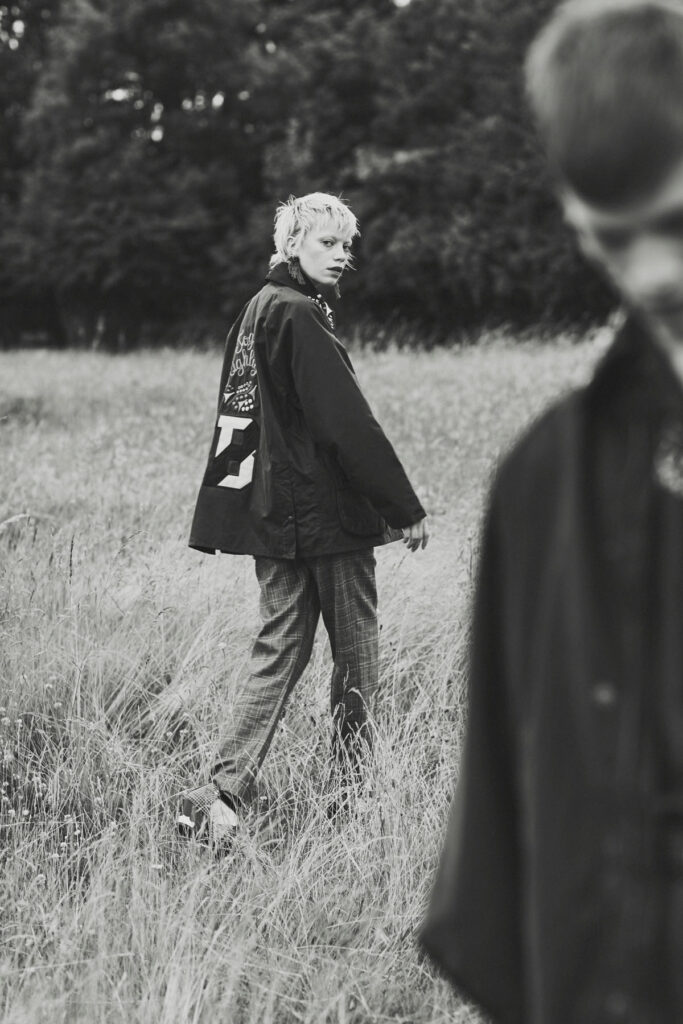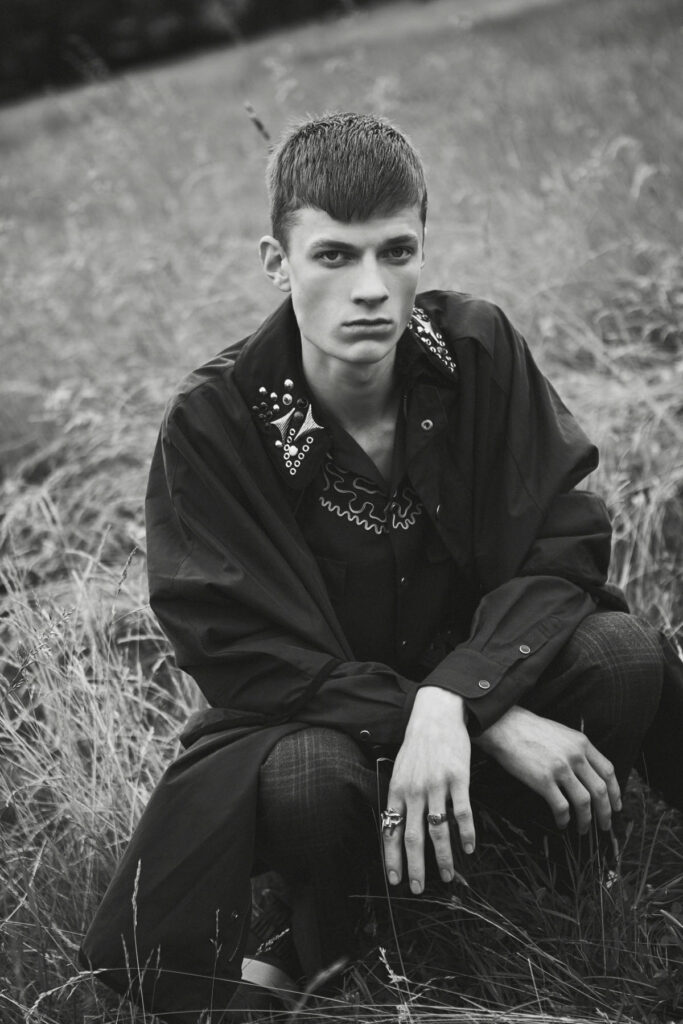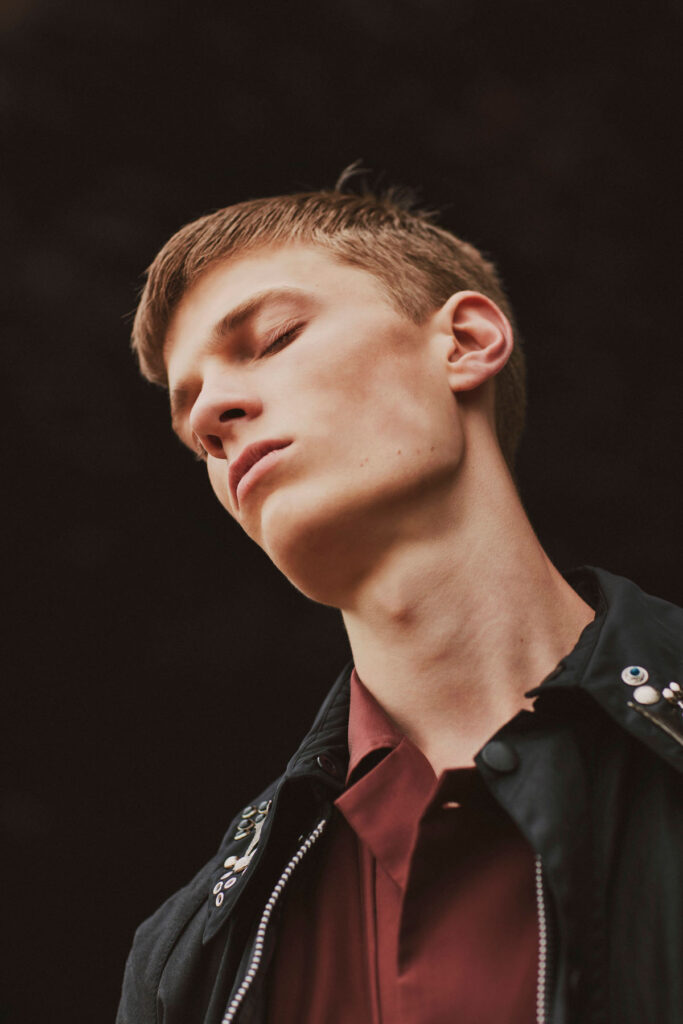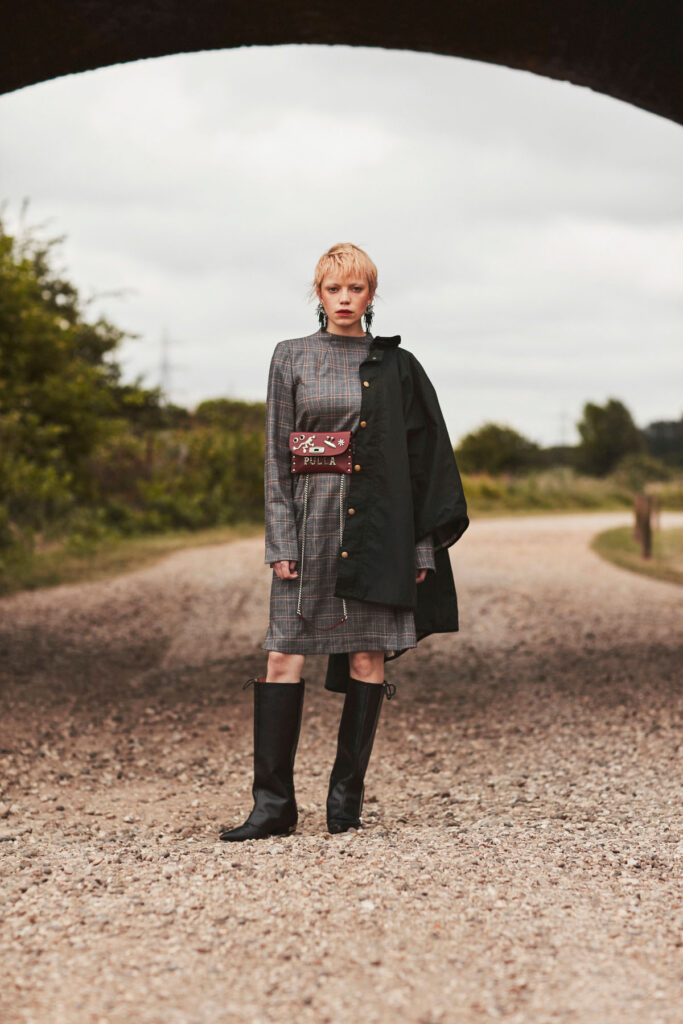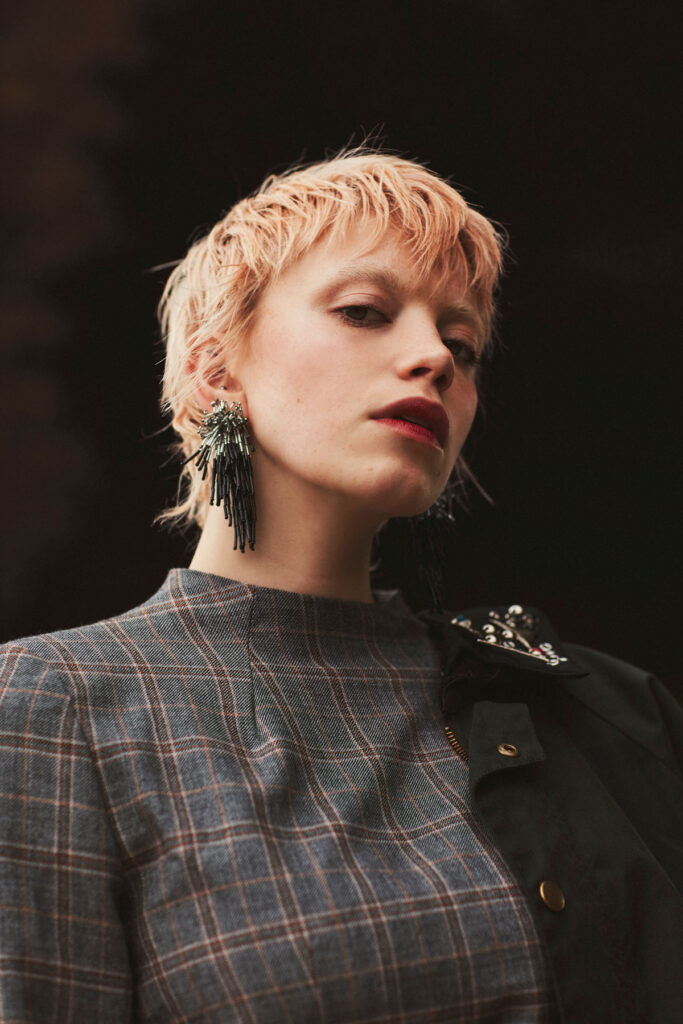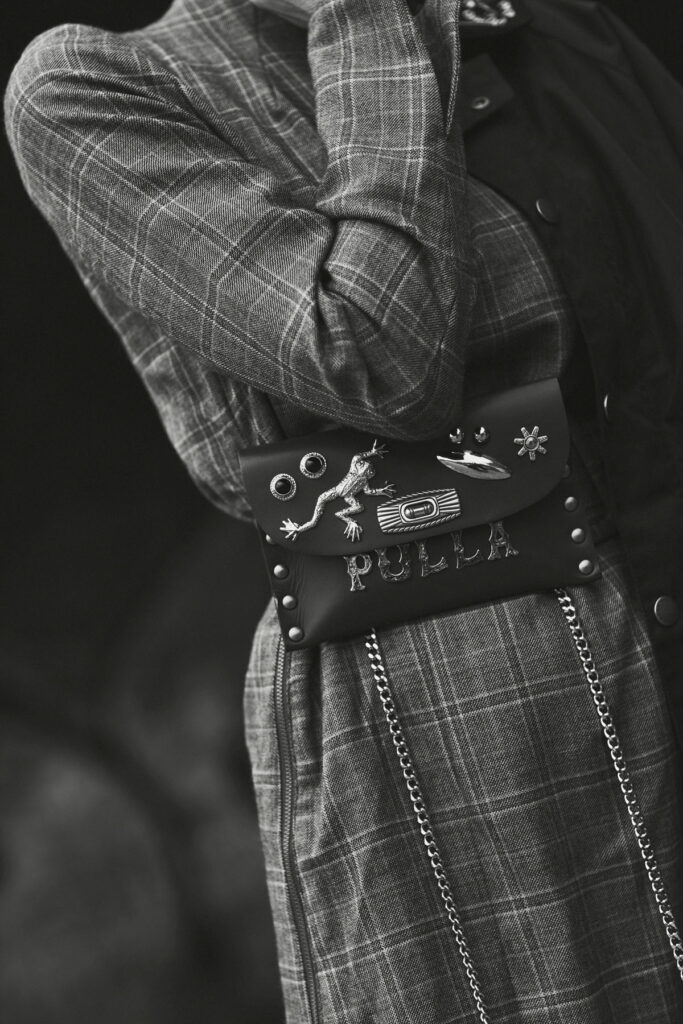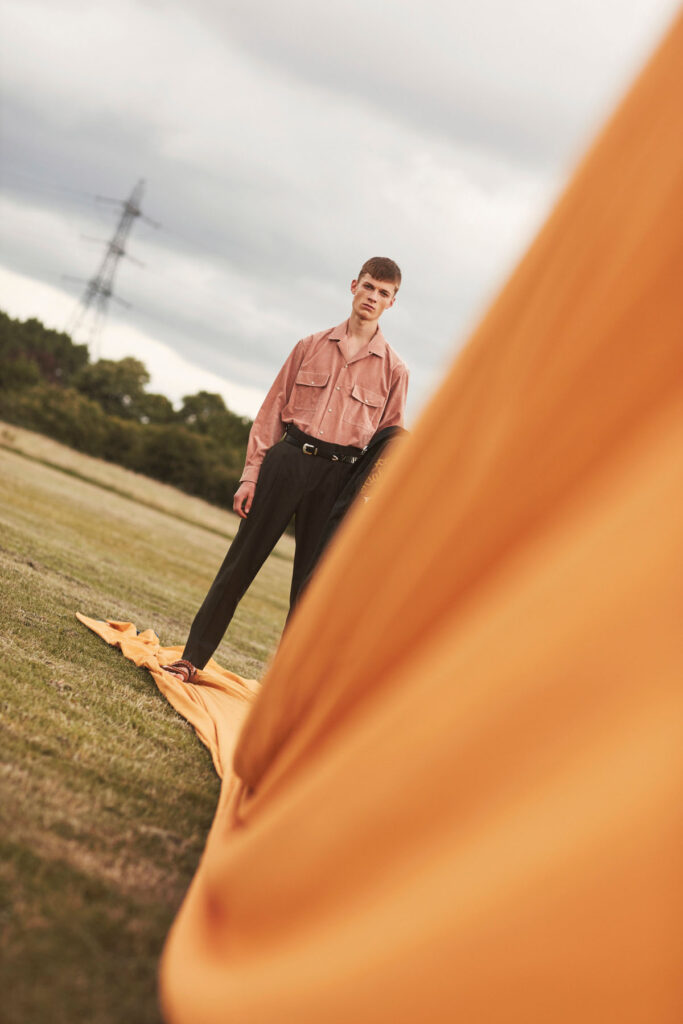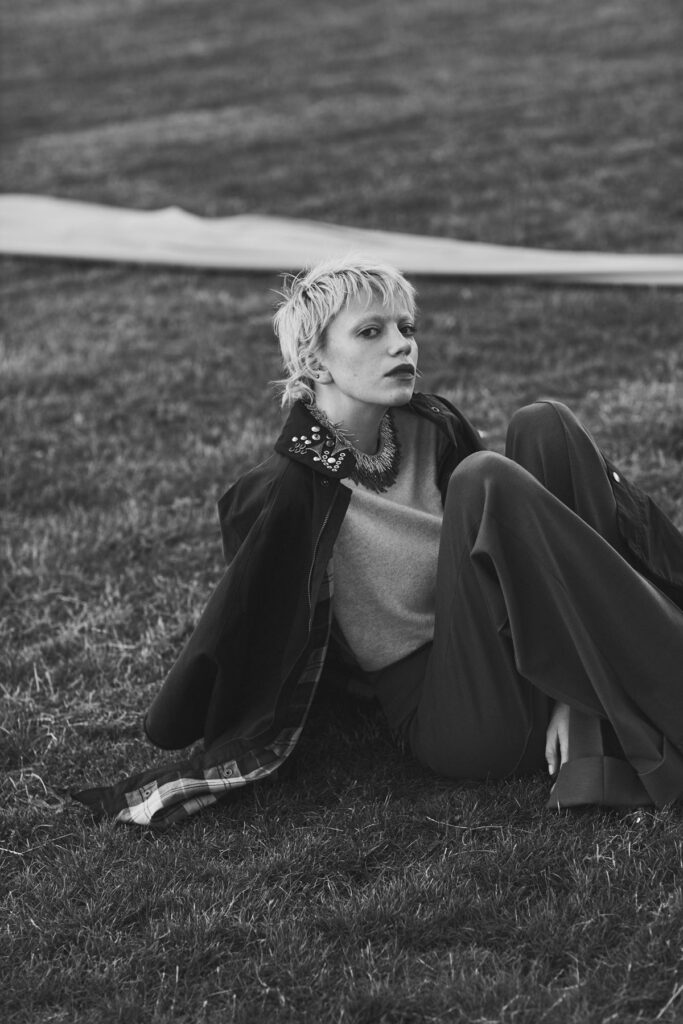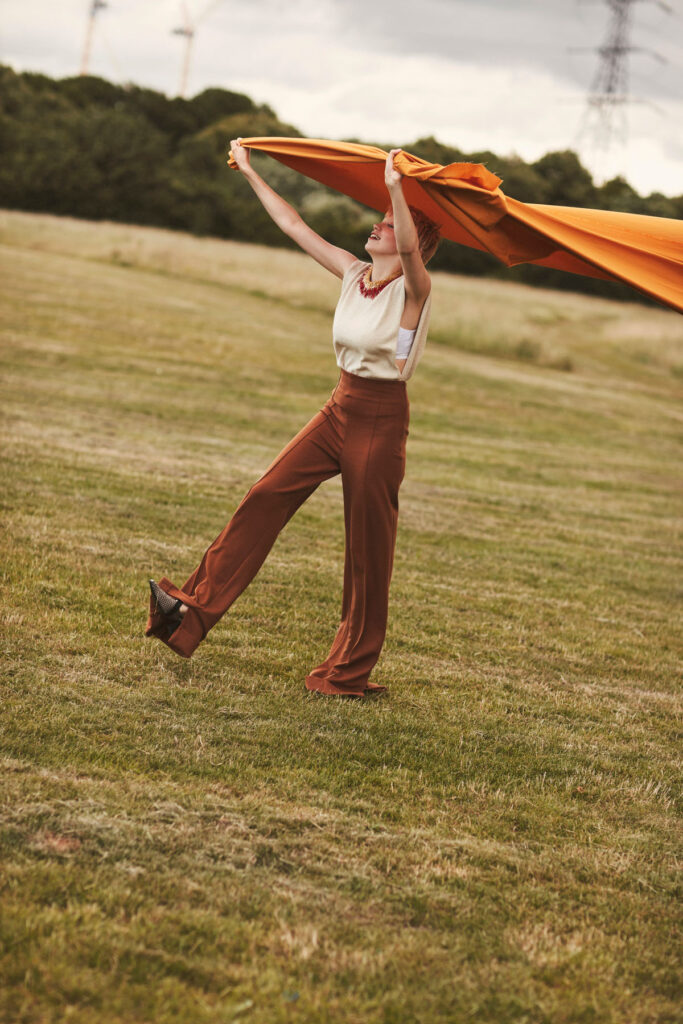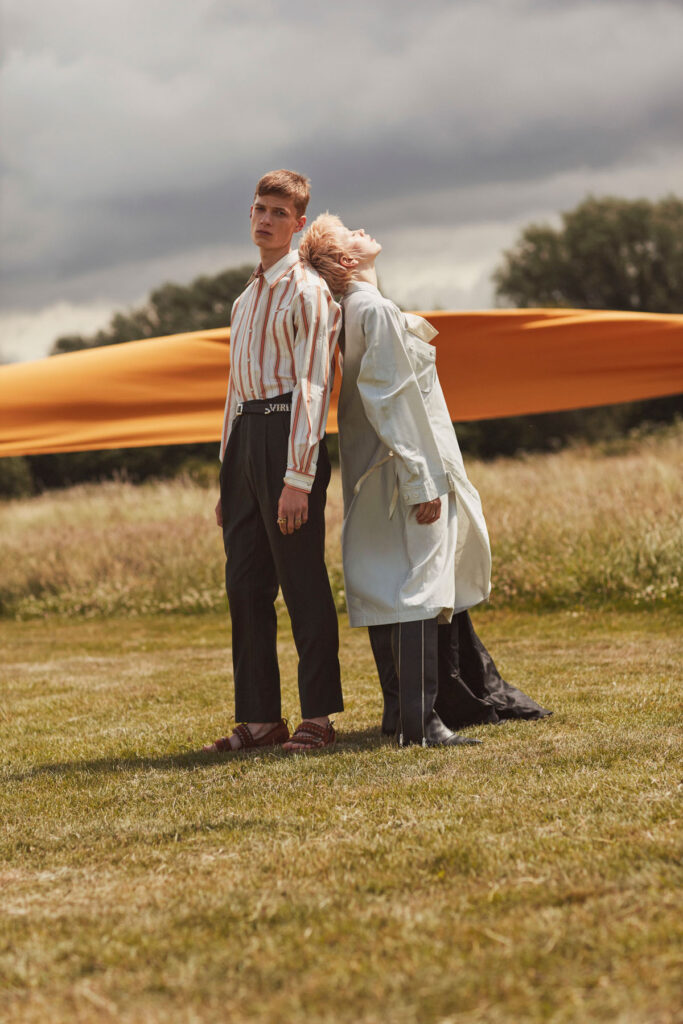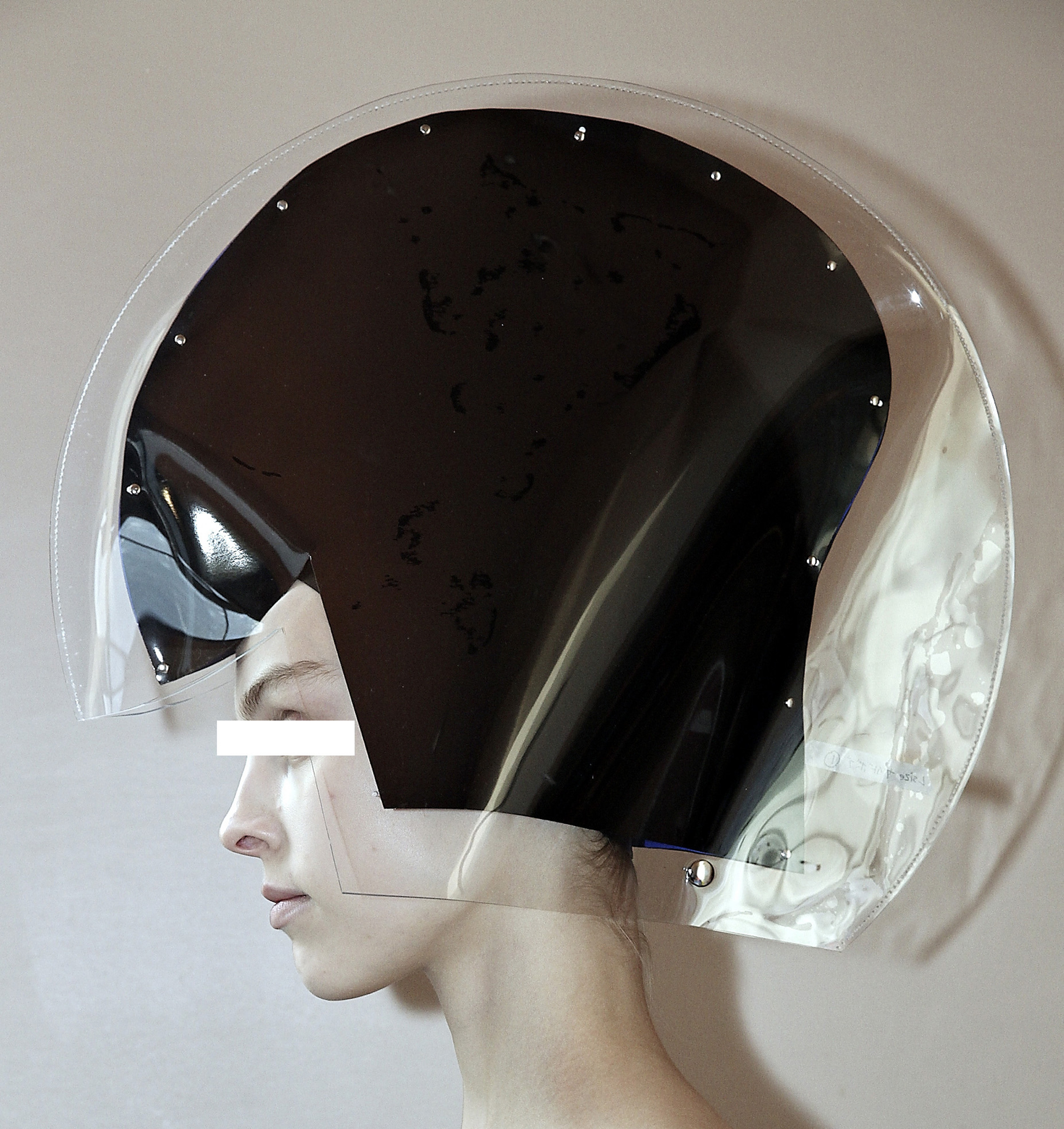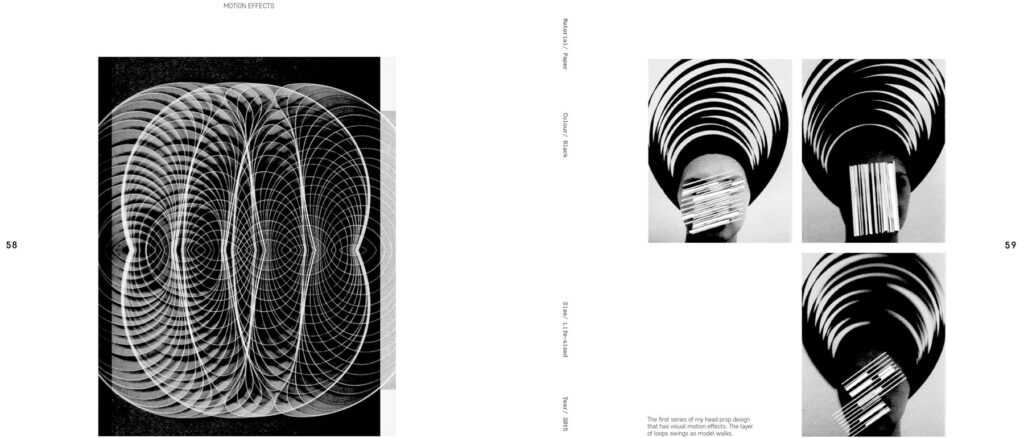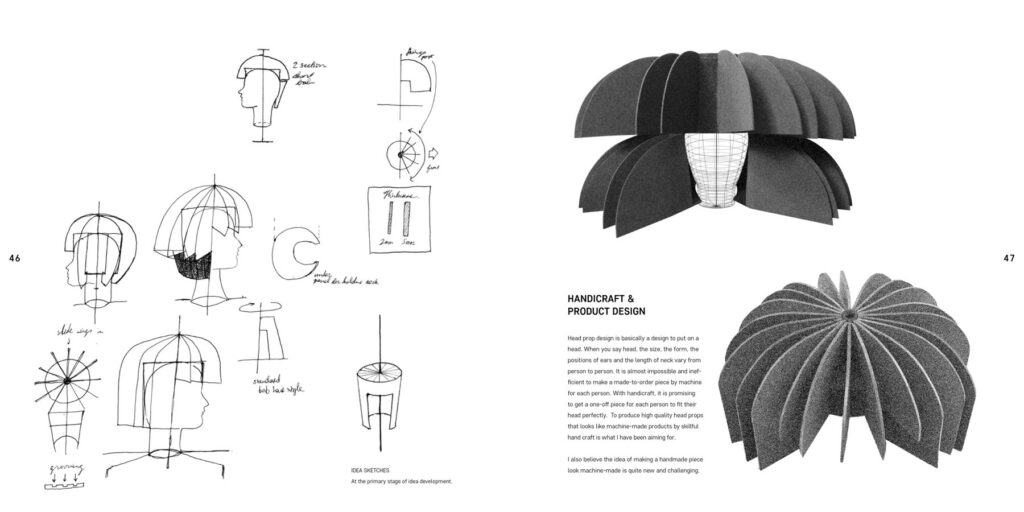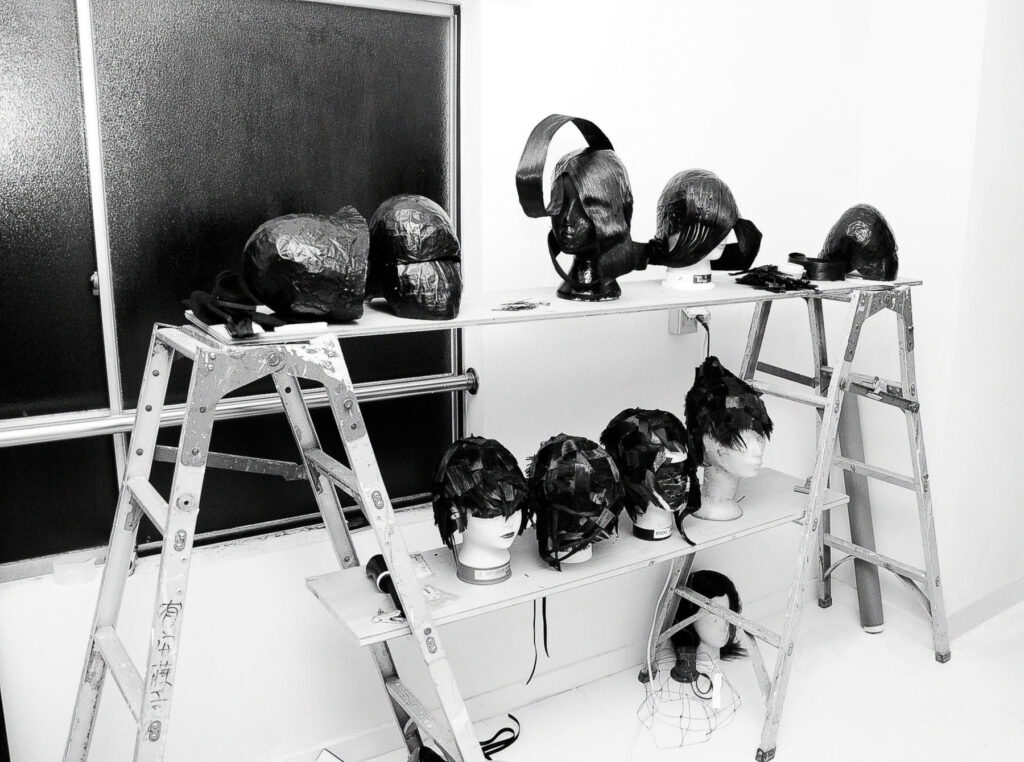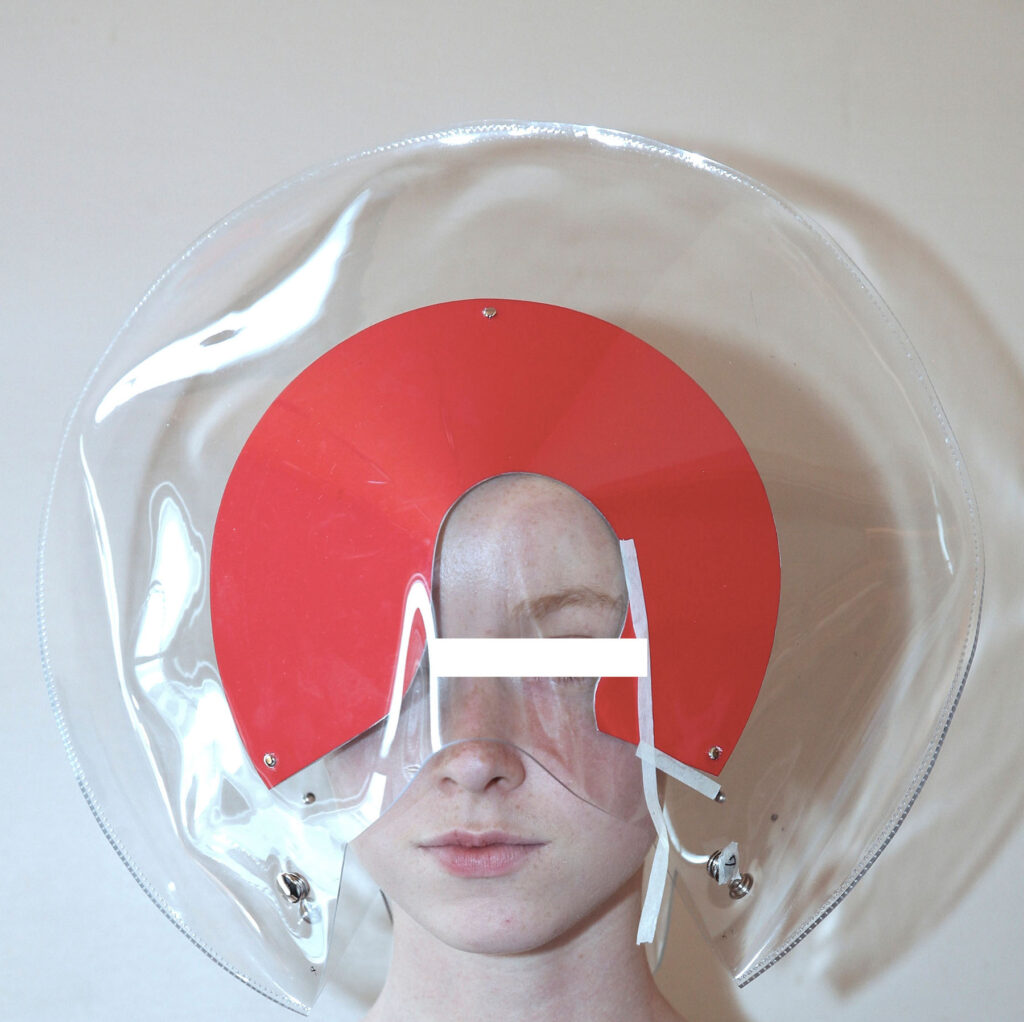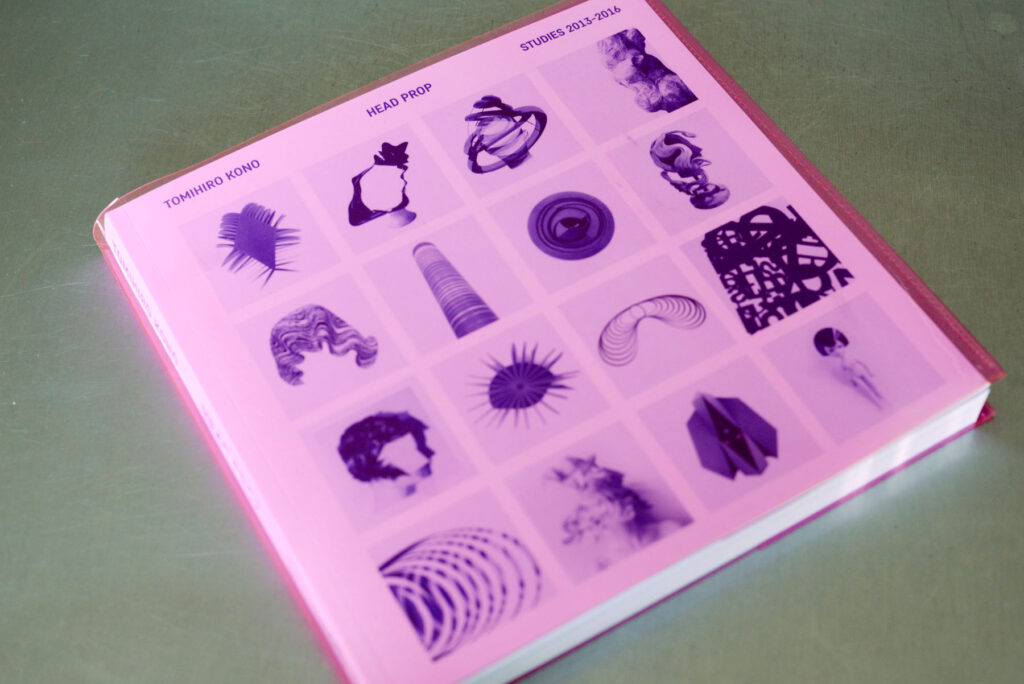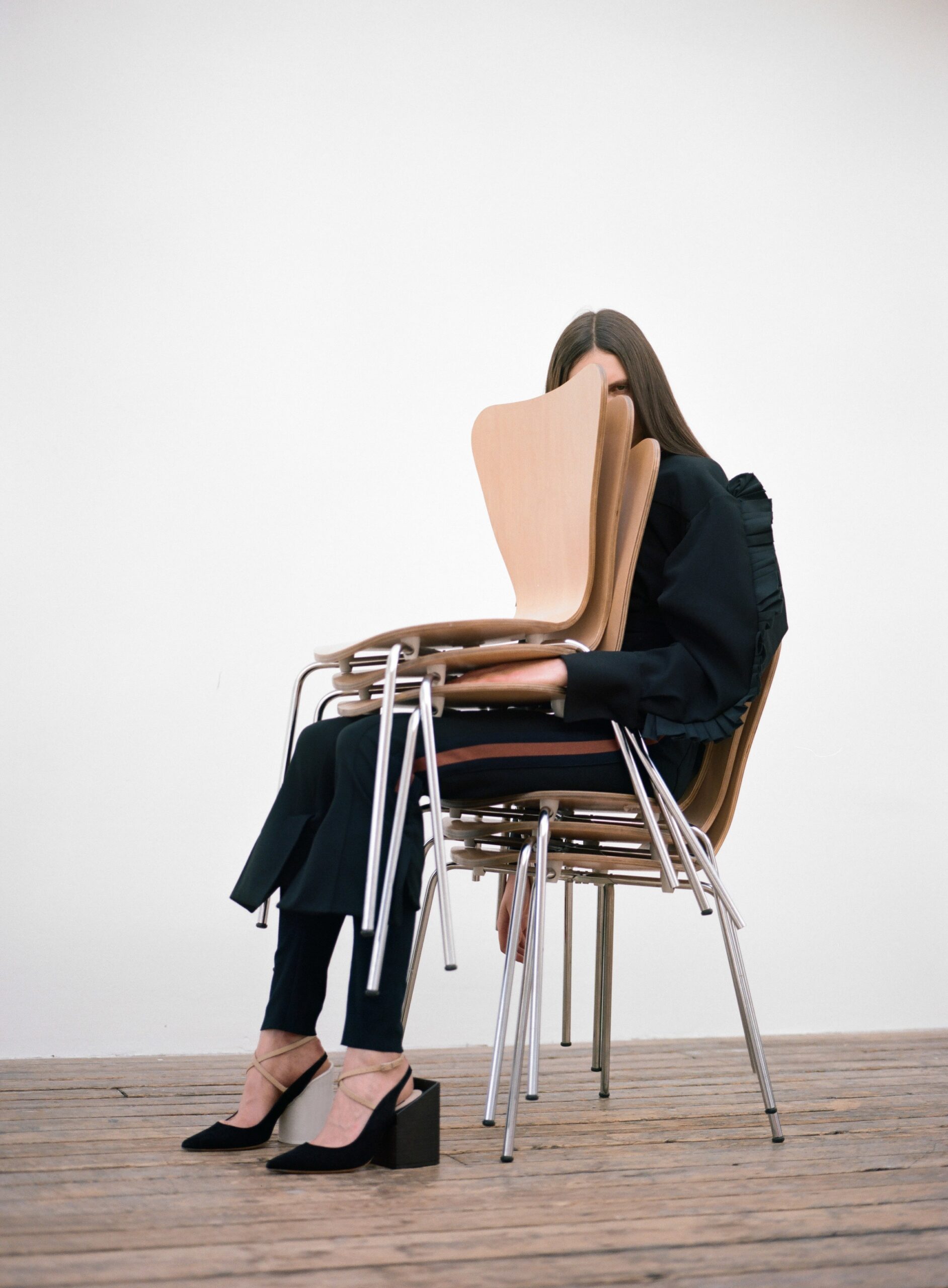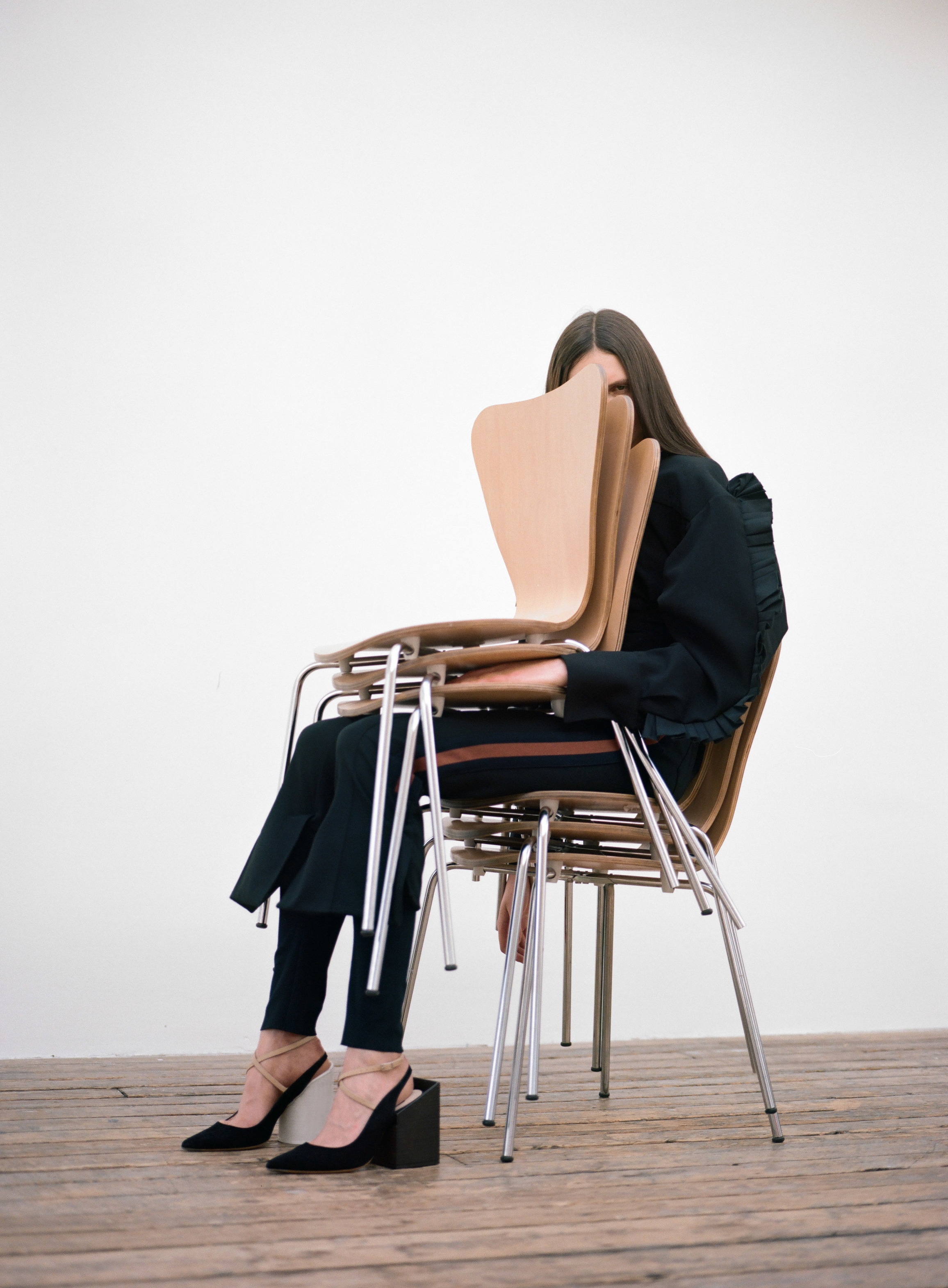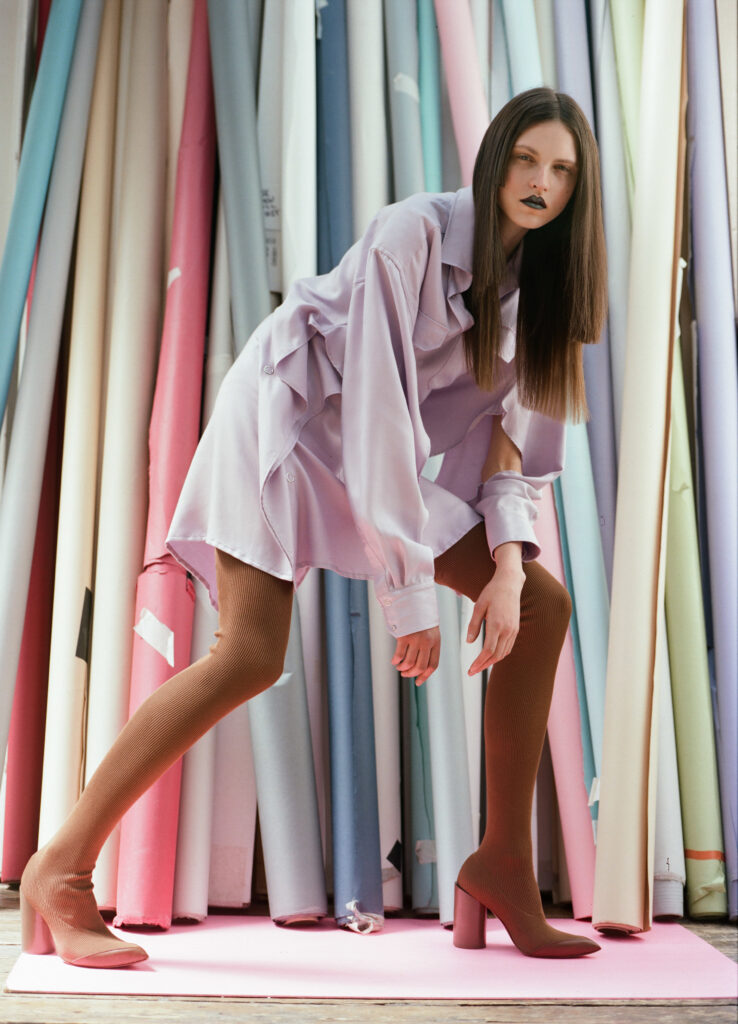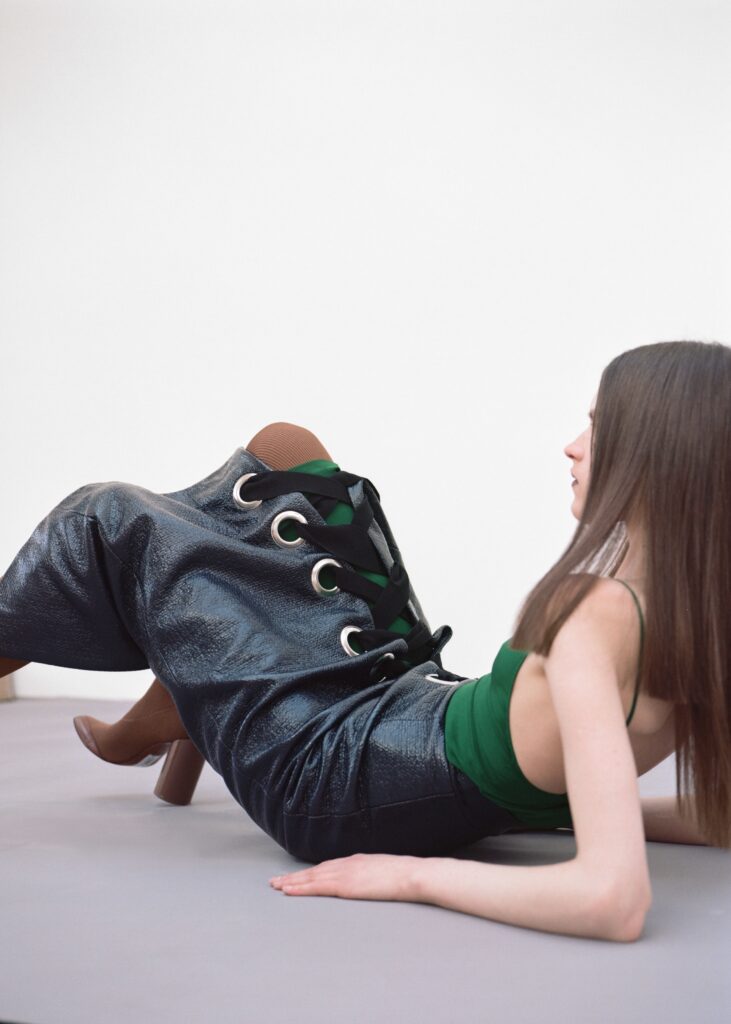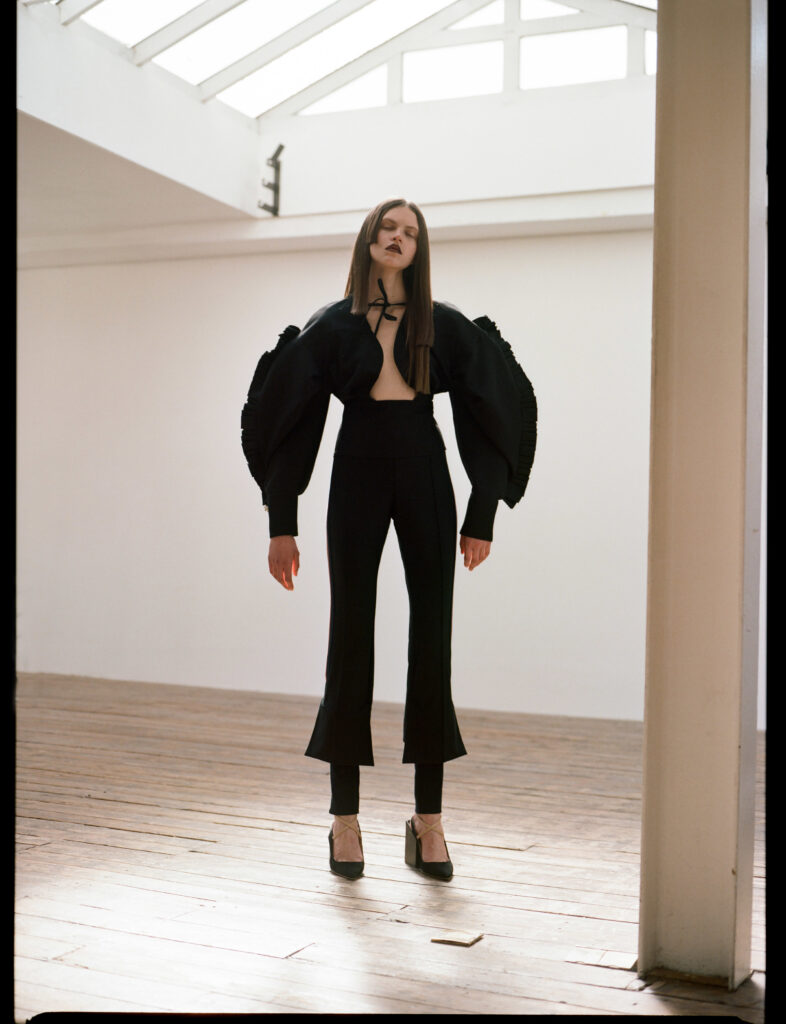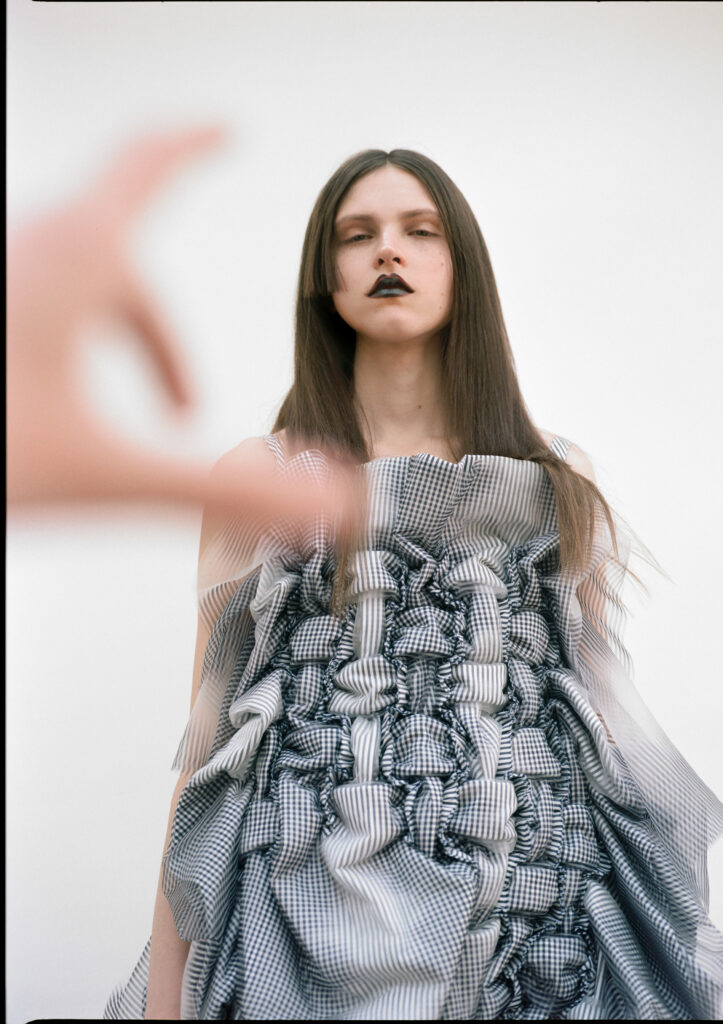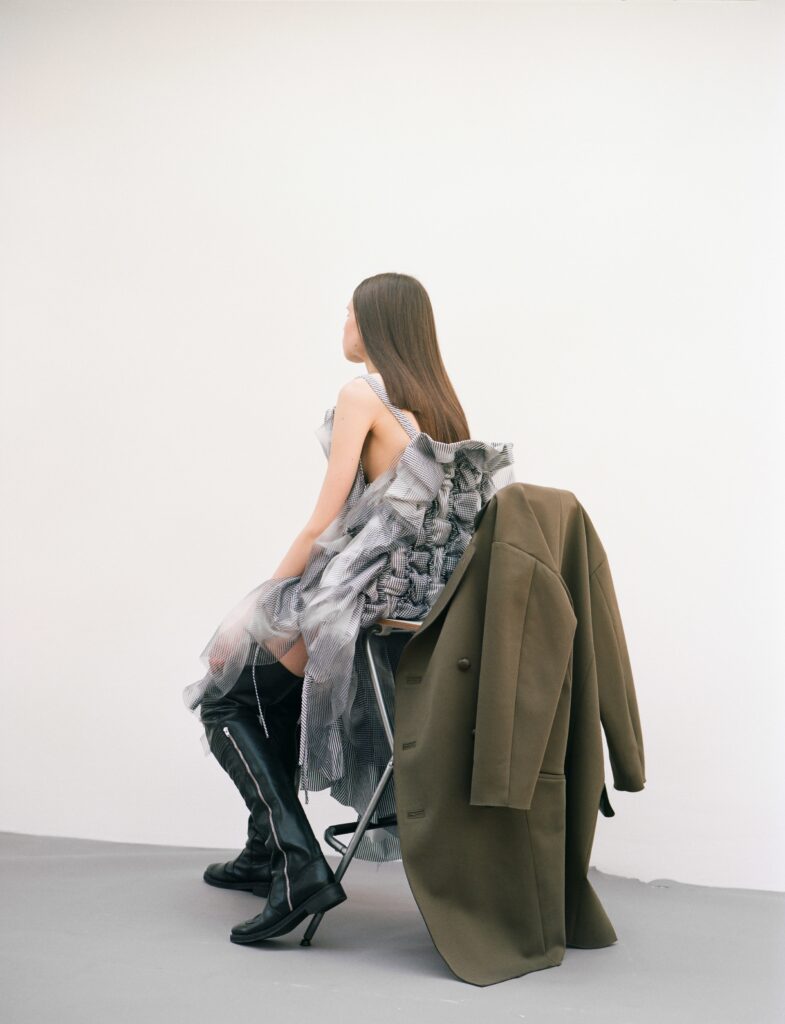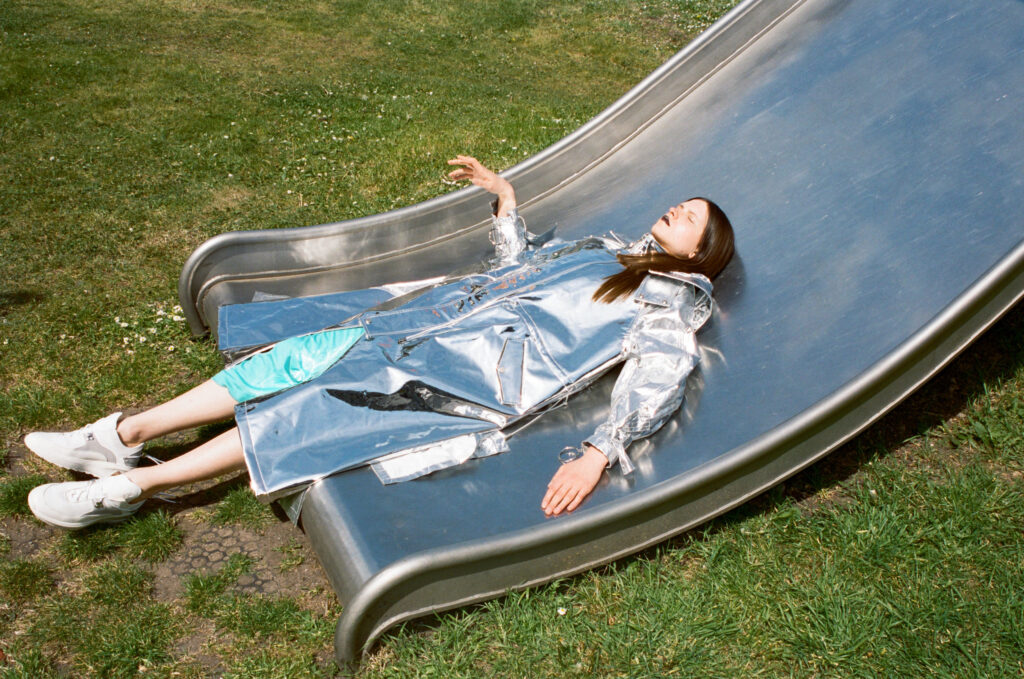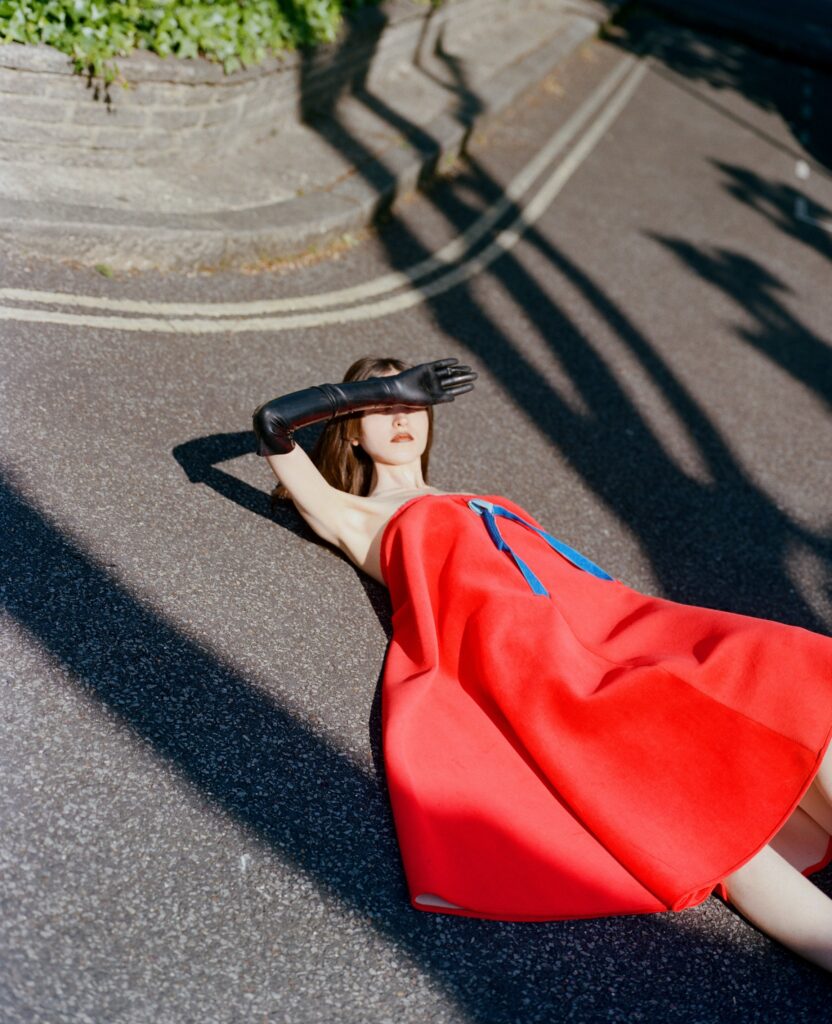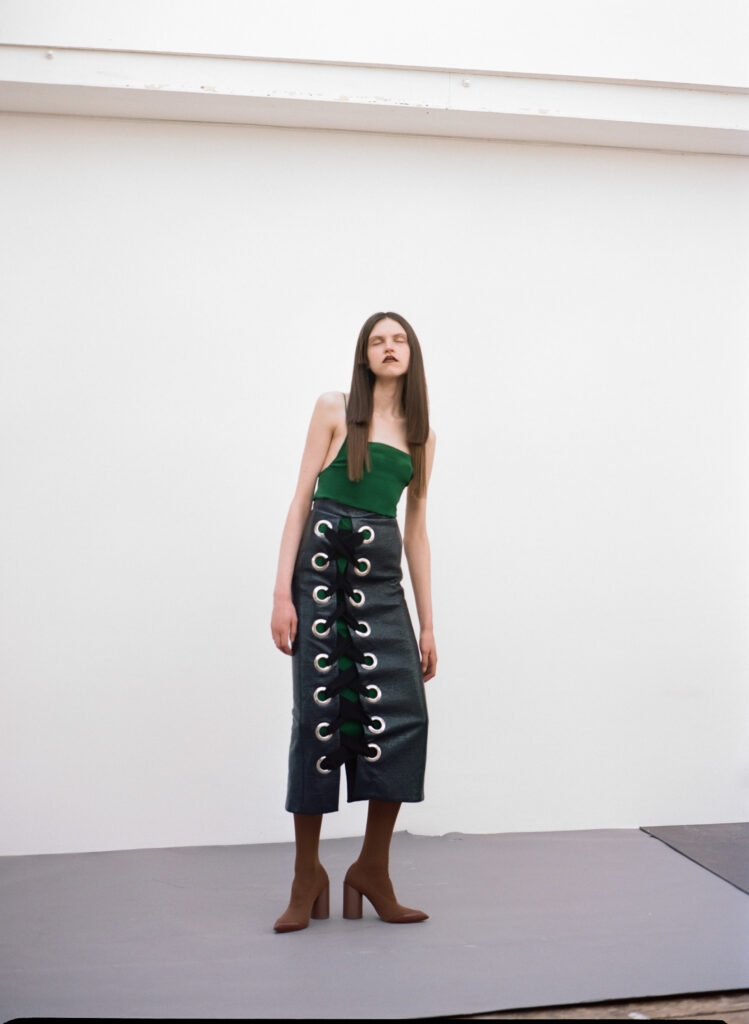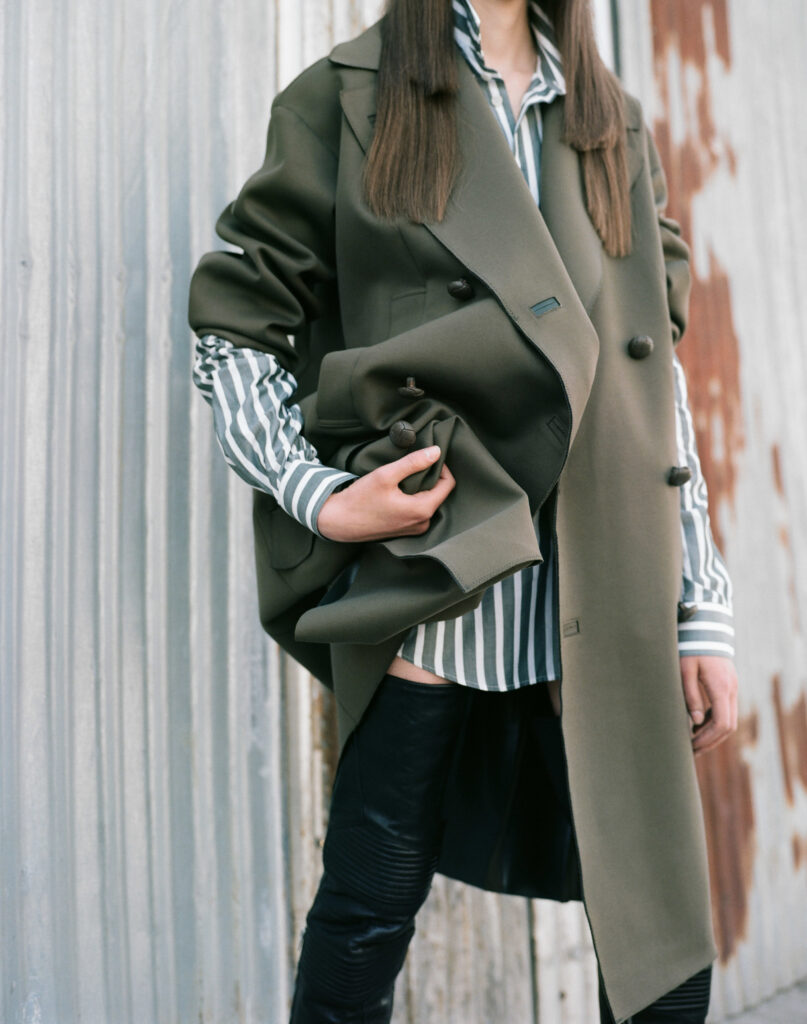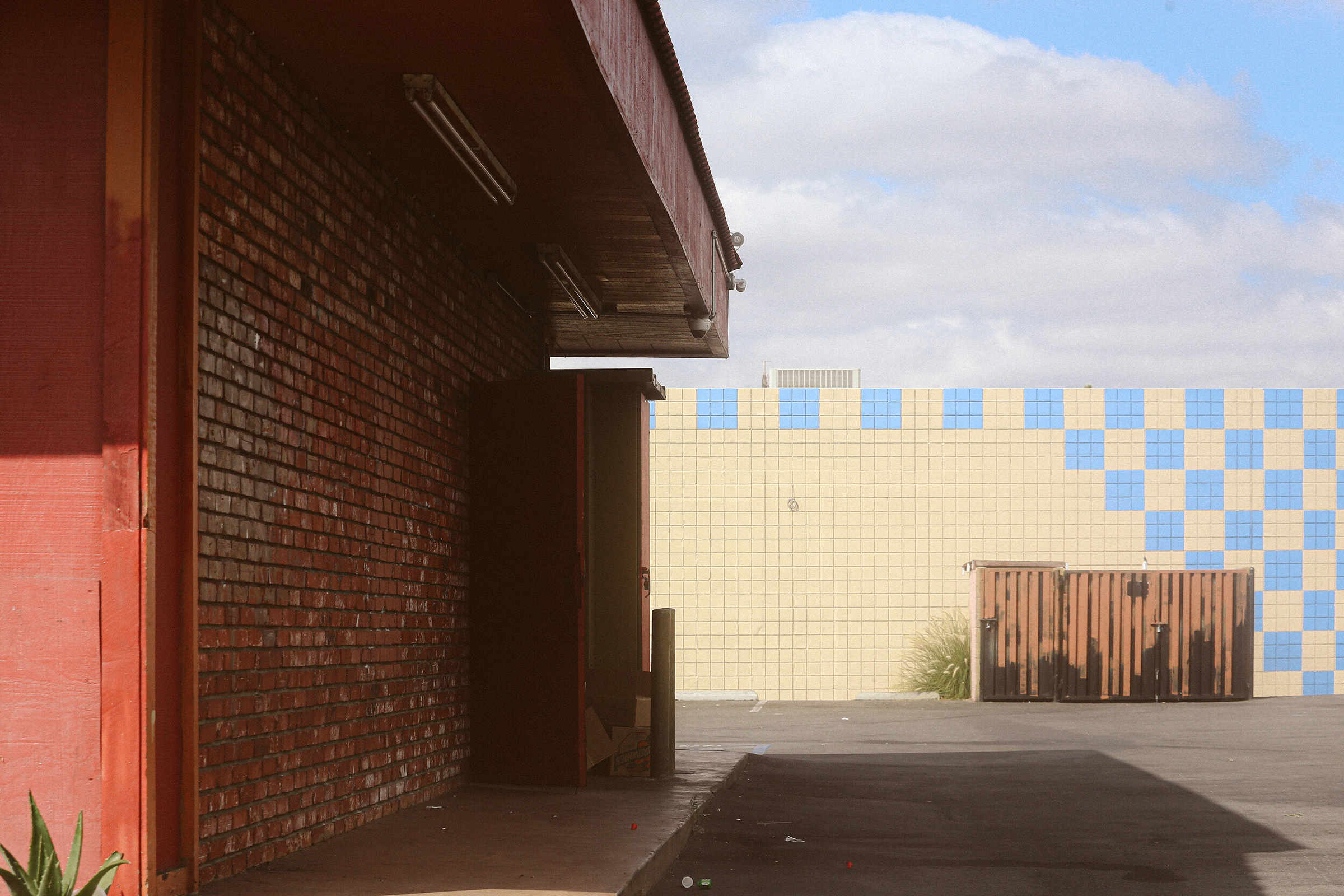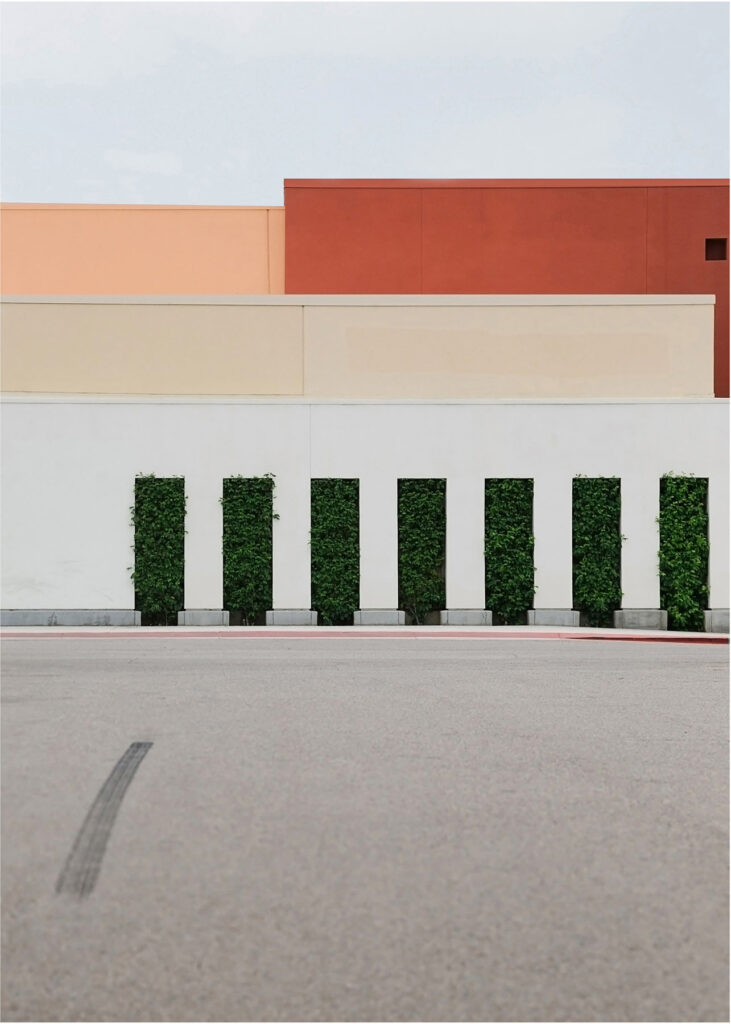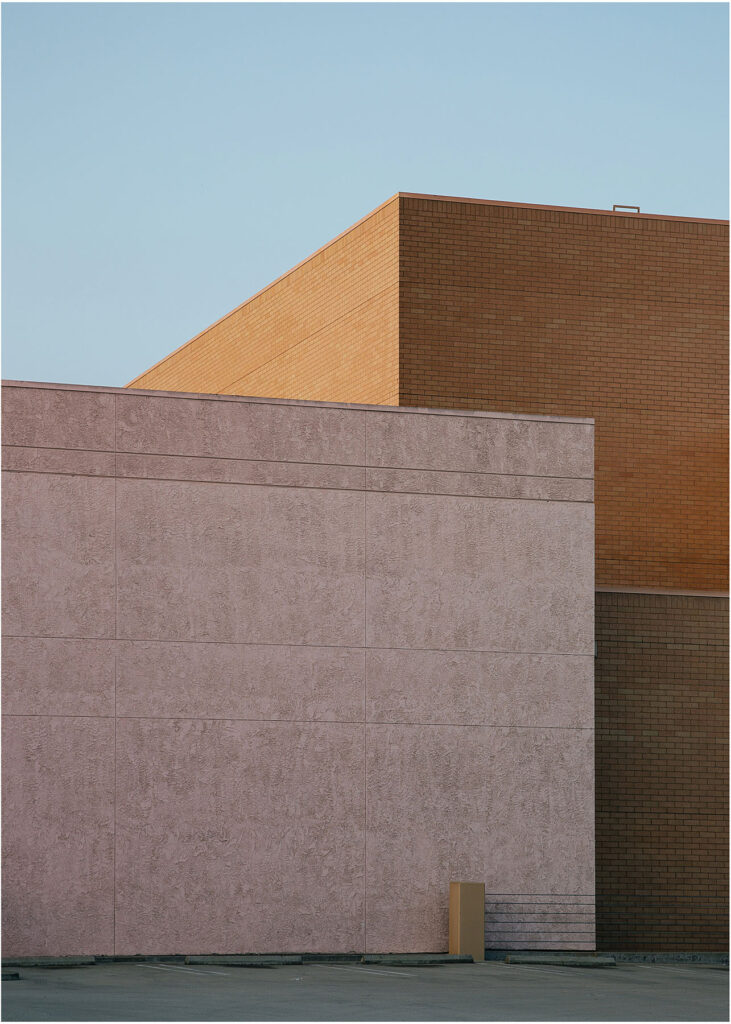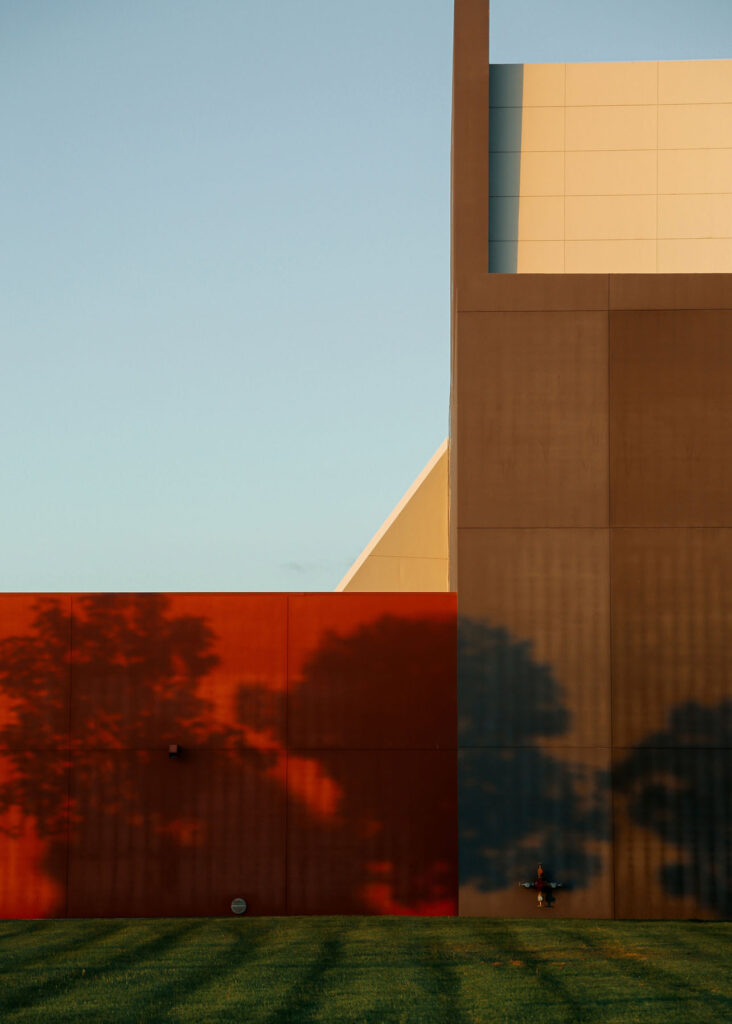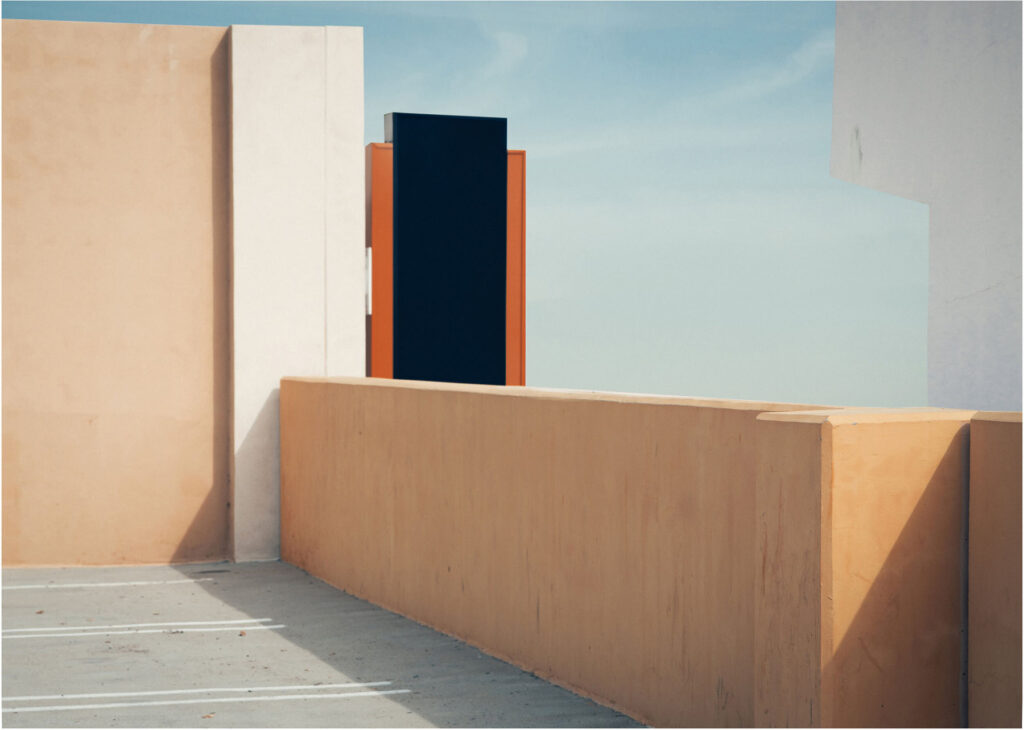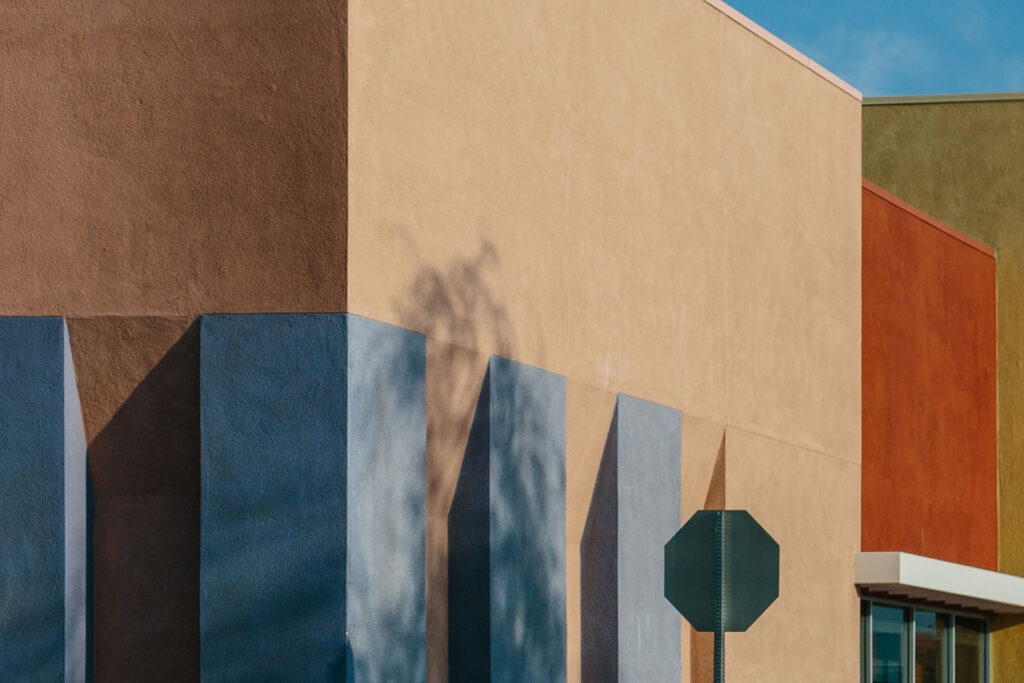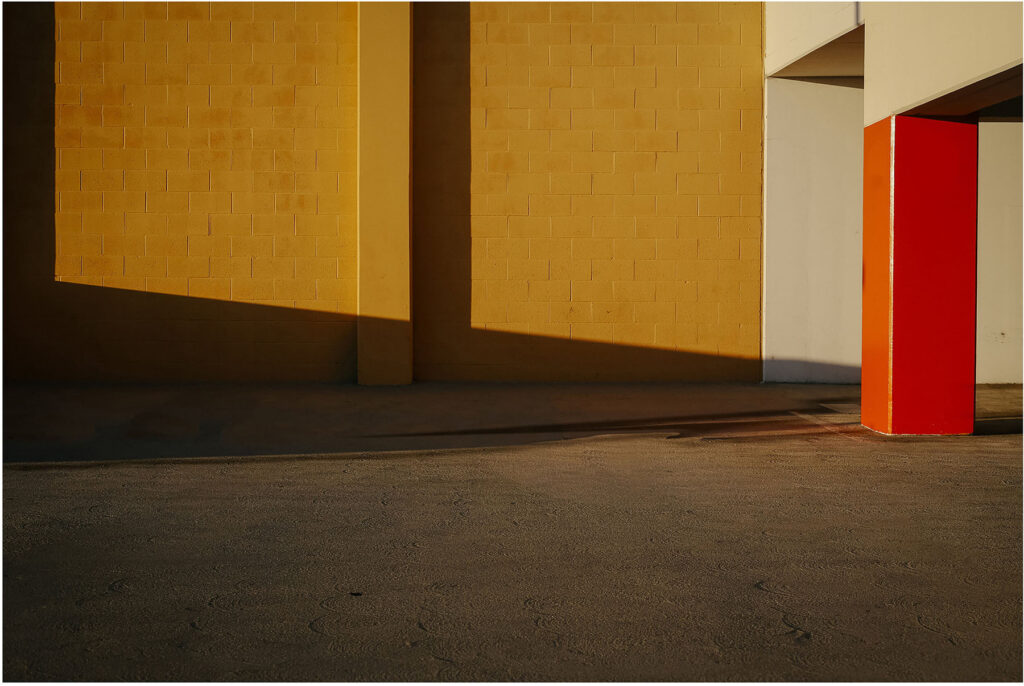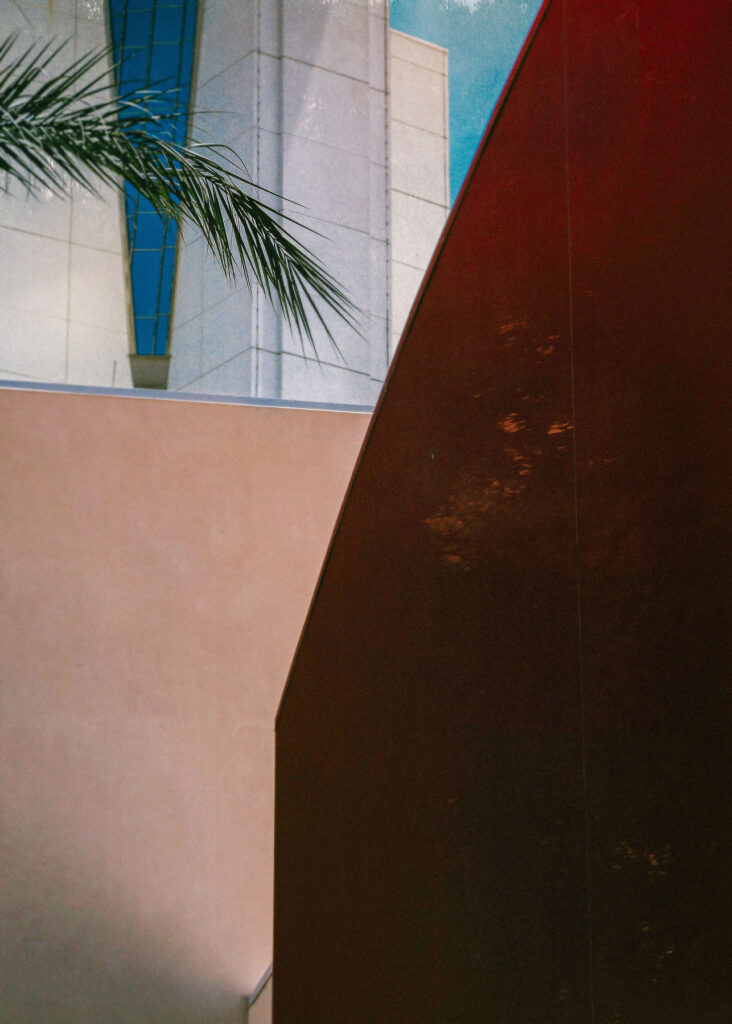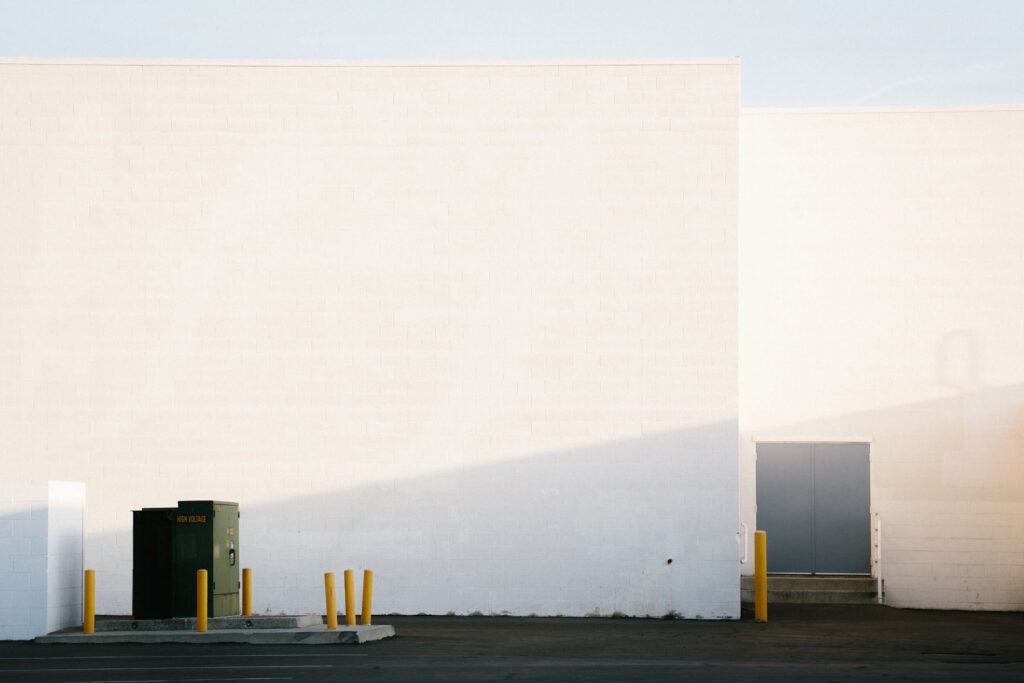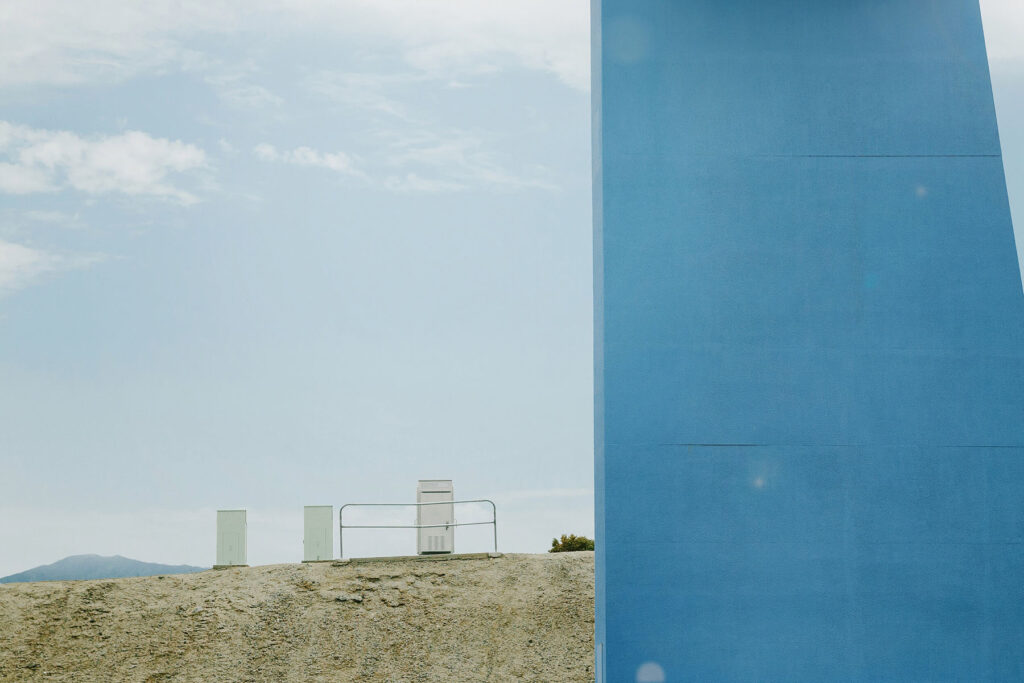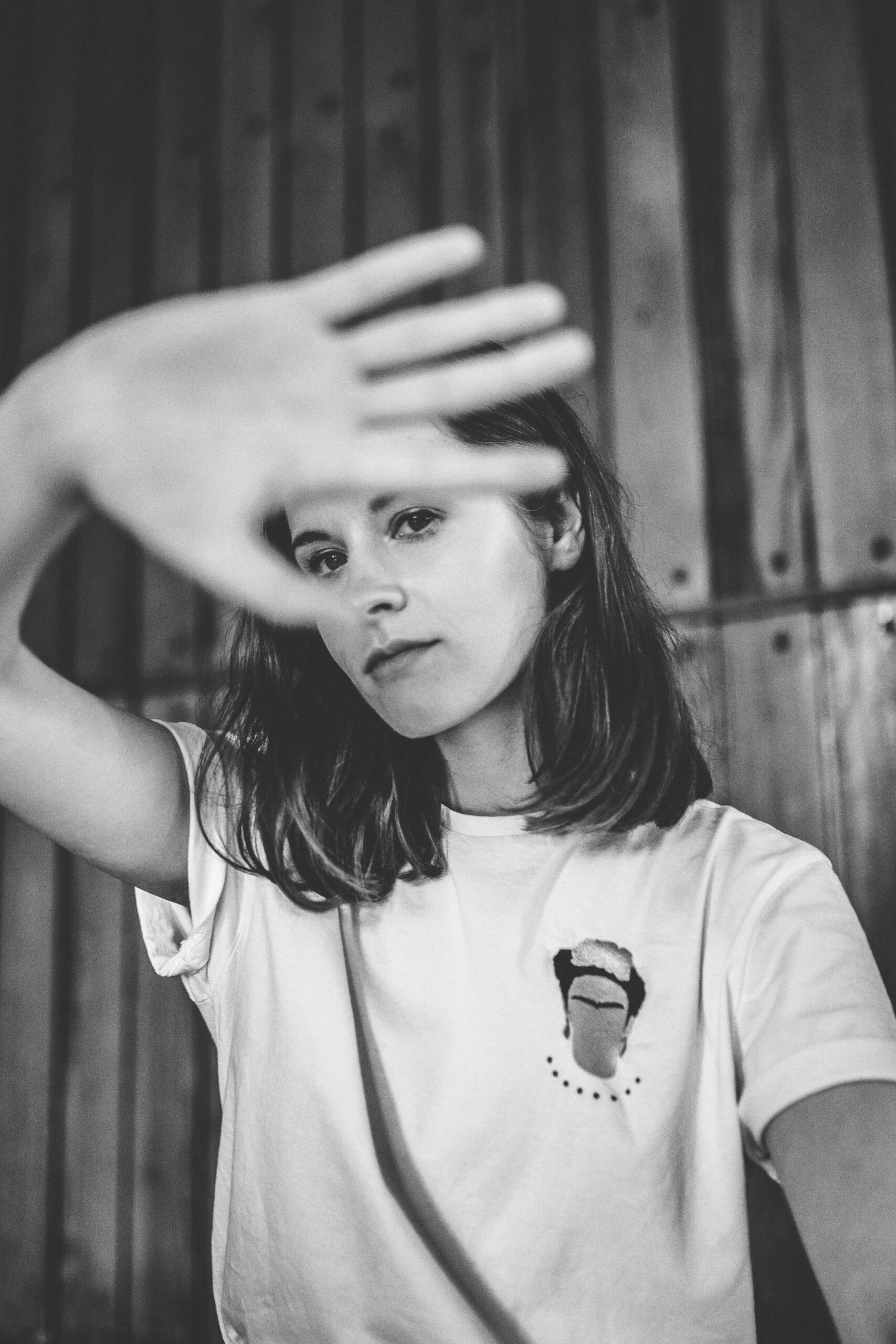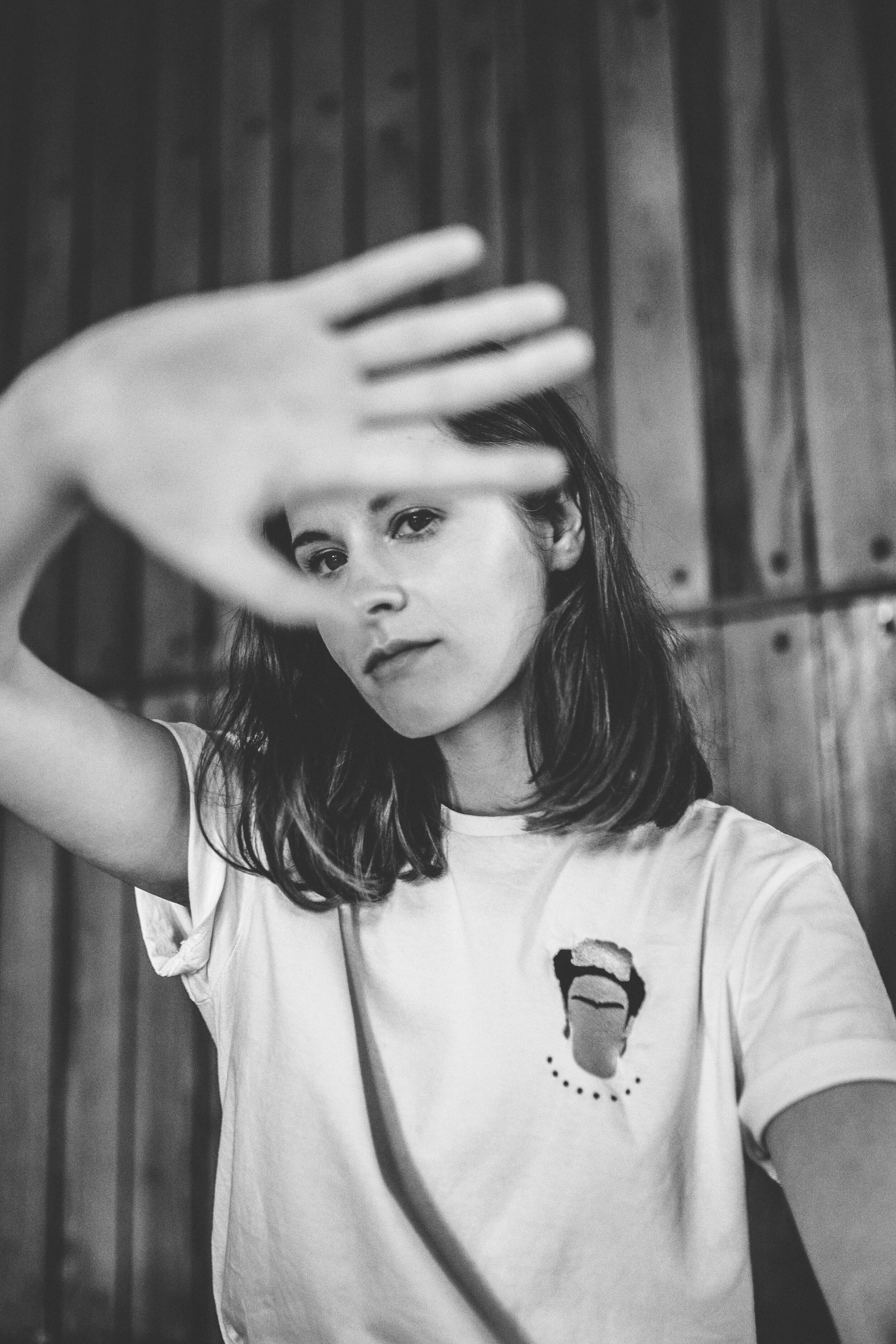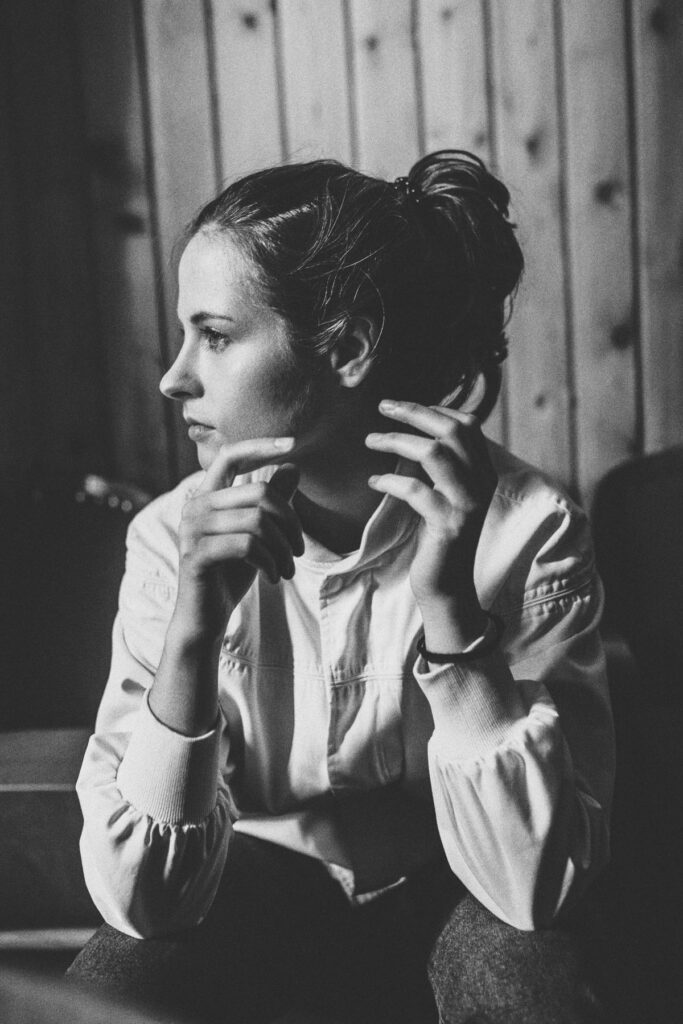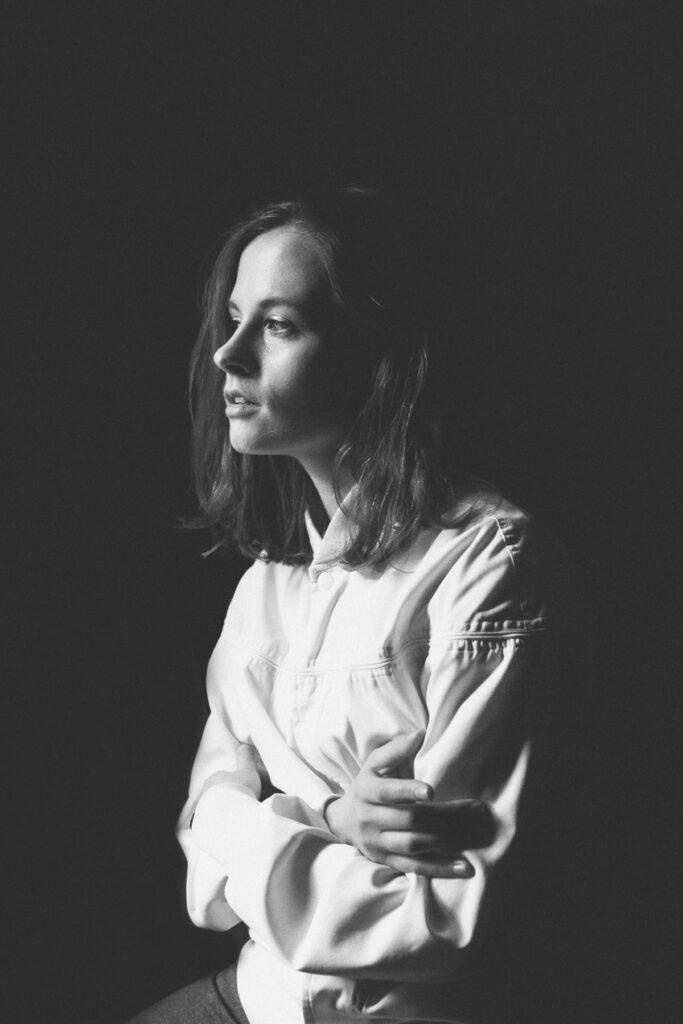I understand that your career started in Japan, where you worked as a hair stylist. But how did the idea of creating wigs and head props appear in the first place? What was the starting point for you?
I started my career as a hairdresser in Osaka, where I studied basic hair skills. Four years later I had gotten seriously obsessed with geometric haircut techniques and decided to master the method. I ended up working in a few different hair salons in Tokyo and acquired the best haircut skills. In 2017, when I branched into session styling, I moved to London. I started head props originally to satisfy my own creativity but I’ve always been obsessed with new hair and head creations. The act of hair styling and designing head props are, according to me, closely related to each other. They go hand in hand. Therefore, as a hairstylist it’s also my responsibility to keep working with hair designs in order to grow as a creative.
Was this all a part of your childhood dream or was it something you grew into as you got older?
When I was a young boy I wanted to become a veterinarian, which is quite different from what I do now. So I would definitely say that, as I got older, it was something I grew into loving. Even during the beginning of my career as a hairdresser I wasn’t dreaming about working abroad as a session stylist. I have just always been focused on doing the best I can and working hard. This is where it has taken me.
From a creative point of view, what was it like to grow up in Japan? Did the Japanese culture become a strong source of inspiration to you or was it just an influential cultural background?
Personally, I always got more inspired by the Western cultures. But when I moved to London I started to find more understanding of my own background. I think that the Japanese culture used to be something I would just take for granted. After moving to London, I created a Geisha inspired portrait series. This is a classic example of our distinctive heritage, which I’m proud of.
Many successful people have said that having access to a big city is always an important part of your career. After living in both London and New York, two of the largest fashion capitals in the world, what do you think is the most significant difference between the designs you’ve produced in each city? In what way did the city affect your work?
I believe that my first choice of city was the right one. London has a great hair culture, especially the avant-garde style with its young creative- and punk influential spirit. It’s a city where people really appreciate originality. For me,
